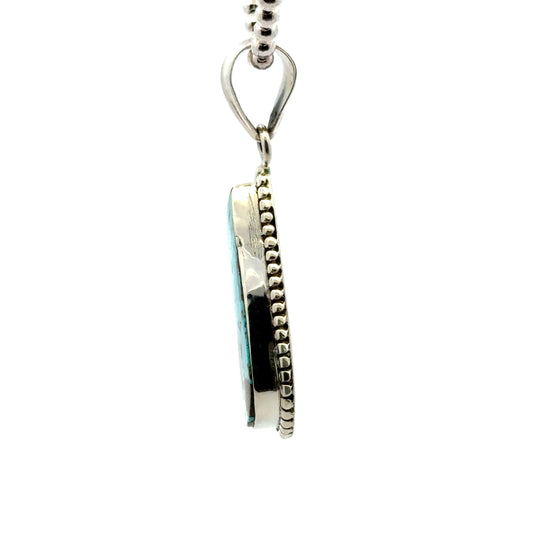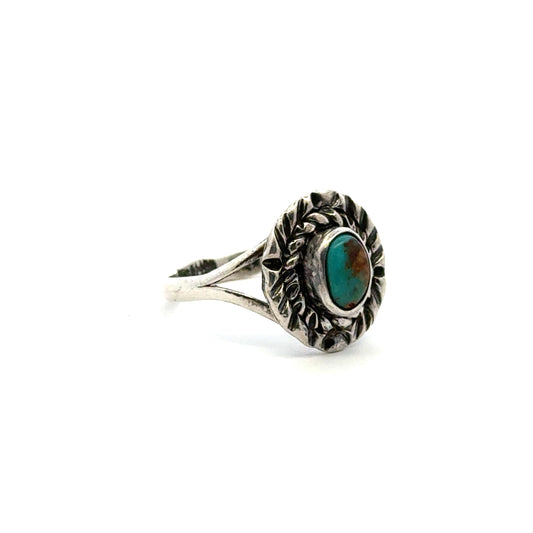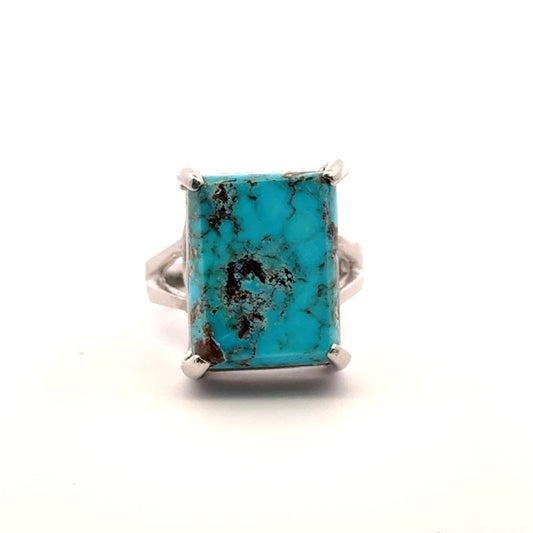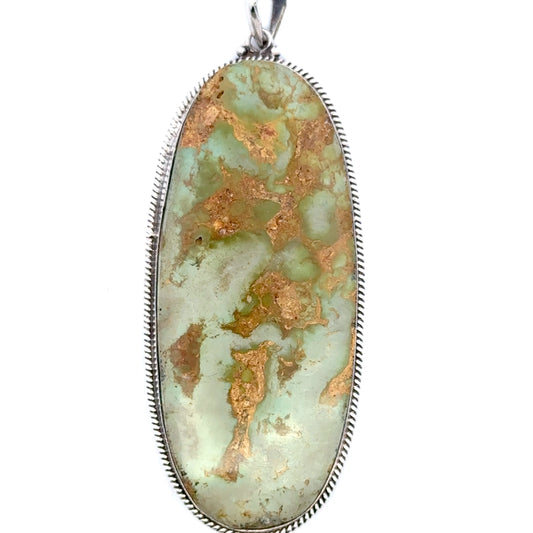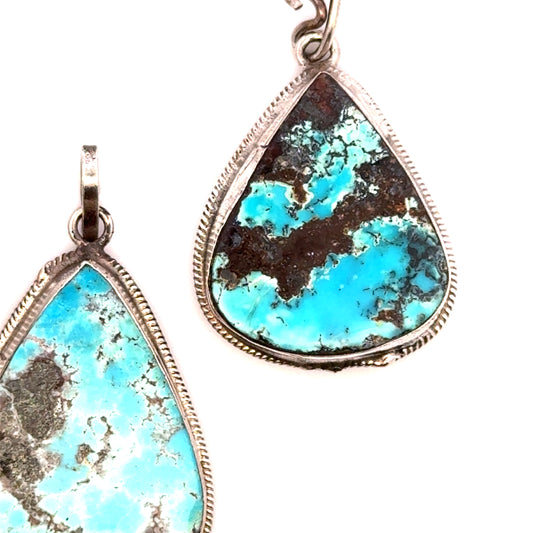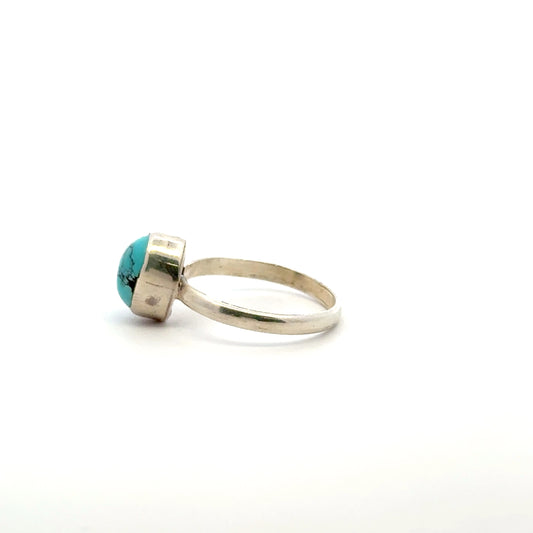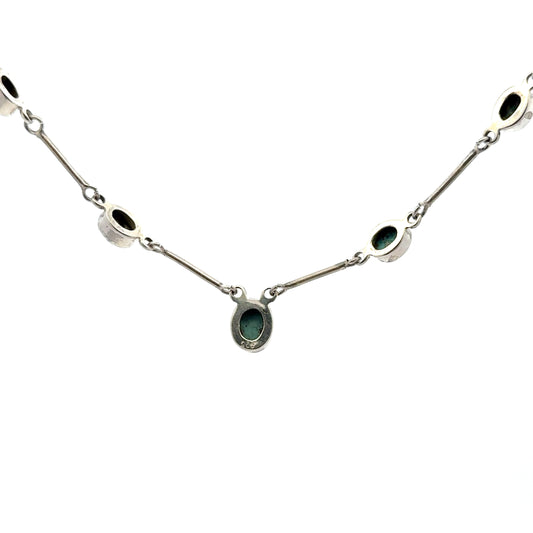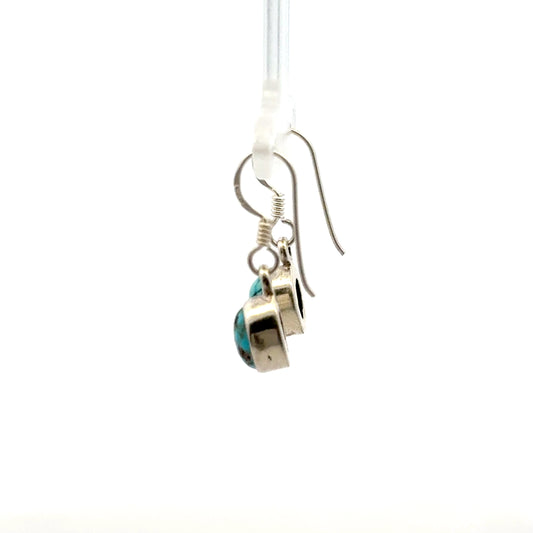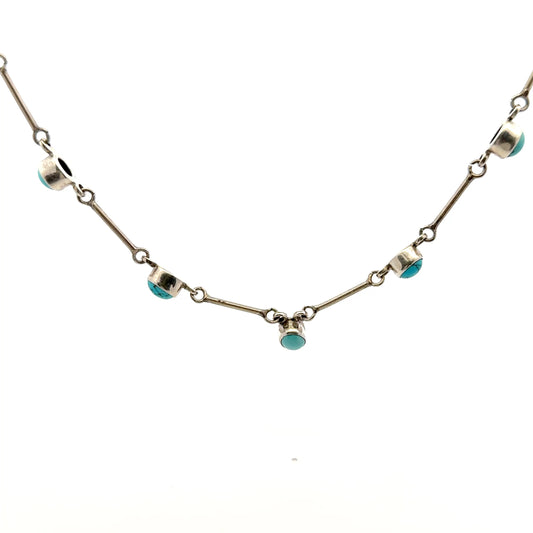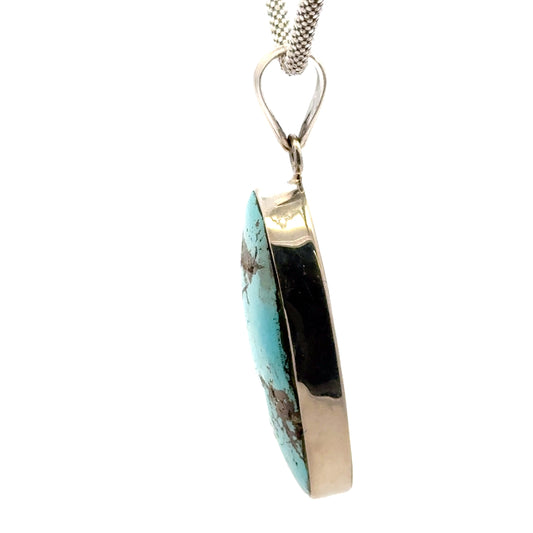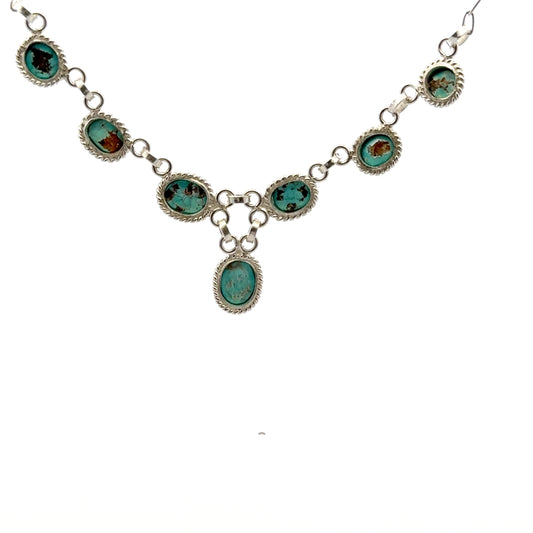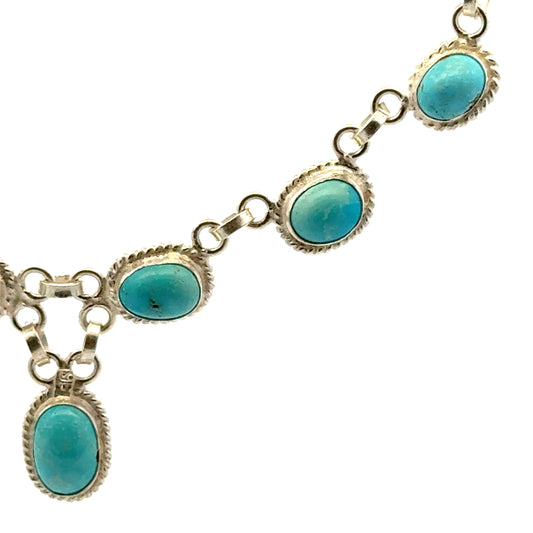Persian Turquoise
Persian Turquoise: Classic Sky Blue and Historical Significance
Discover the legendary beauty of Persian turquoise, featuring the iconic sky-blue to robin's egg blue hues that have been treasured for thousands of years. These prestigious gemstones carry centuries of cultural significance and historical value, making them perfect for creating jewelry with timeless appeal and cultural heritage.
Persian Turquoise's Classic Appeal
- Iconic Sky Blue: The classic turquoise blue that defines this gemstone
- Historical Prestige: Treasured for over 6,000 years in Persian culture
- Natural Matrix: Some varieties feature characteristic brown or black matrix patterns
- Cultural Significance: Symbol of protection, wisdom, and good fortune
Heritage Jewelry Applications
- Classic Collections: Perfect for timeless jewelry with historical appeal
- Cultural Pieces: Ideal for jewelry that honors Persian heritage
- Traditional Designs: Excellent for pieces that celebrate ancient traditions
- Prestigious Jewelry: Great for high-value jewelry with cultural significance
Designing with Persian Turquoise
- Honor the historical significance by using in traditional or heritage-inspired designs
- Showcase the classic blue color as focal points in jewelry
- Combine with silver or white metals to enhance the sky-blue tones
- Celebrate the matrix patterns by using stones with visible natural matrix
- Design with respect for the cultural and historical importance of Persian turquoise
Heritage Selection & Prestige
Every Persian turquoise gemstone is carefully sourced by expert gemologist Reza Piroznia, ensuring authentic, high-quality stones with the classic sky-blue coloration. These gemstones are perfect for jewelry makers who appreciate historical significance and want to create pieces that combine the timeless beauty of Persian turquoise with cultural heritage and prestige.
Frequently Asked Questions
What wire gauge should I use for Persian turquoise beads in jewelry making?
Use 0.019 inch (20 gauge) to 0.024 inch (19 gauge) flexible beading wire for Persian turquoise beads. Turquoise (Mohs 5-6) is moderately hard, so use appropriate wire gauge based on jewelry weight.
How do you calculate the proper bead count for Persian turquoise necklaces?
Divide desired finished length (in mm) by bead diameter plus spacing (1-2mm), then add 10-15% for clasp attachment. Account for Persian turquoise's natural matrix patterns which may require careful spacing for visual appeal.
What is the proper crimping technique for securing Persian turquoise bead jewelry?
Use double-crimp method: thread wire through clasp, add first crimp bead, compress fully with crimping pliers, add second crimp bead, compress again, test tension, then trim excess wire leaving 2-3mm for professional finish.
How do you prevent Persian turquoise beads from scratching during stringing?
Use spacer beads between Persian turquoise beads, maintain proper spacing (1-2mm), use thread conditioner, handle beads carefully. Turquoise is porous, so avoid excessive moisture and protect from harsh chemicals.
What is the recommended thread tension for Persian turquoise bead jewelry?
Maintain moderate to firm tension—too tight stresses stones and wire, too loose creates gaps. Test tension by gently pulling wire before crimping to ensure proper flexibility and professional appearance.
Are Persian turquoise beads suitable for wire wrapping techniques?
Yes, but use 18-22 gauge wire depending on bead size, wrap carefully around edges, avoid stress on natural matrix patterns, and ensure wire doesn't damage the stone surface (Mohs 5-6).
How do you determine the proper clasp size for Persian turquoise jewelry weight?
Calculate total jewelry weight—use lobster clasps for 10-15 pounds, toggle clasps for 5-10 pounds, and magnetic clasps for 3-5 pounds. Test clasp function and ensure proper crimping before finishing.
What is the maximum safe weight for Persian turquoise bead jewelry?
Use 0.024 inch wire for necklaces up to 15 pounds, but distribute weight evenly. For heavier pieces, consider multi-strand designs or thicker wire to prevent stress concentration.
How do you properly test Persian turquoise jewelry durability before finishing?
Gently pull stringing material, check crimp compression, test each bead's movement, verify clasp function, ensure no wire slippage, and check for proper tension throughout the piece before completing.
What tools are essential for professional Persian turquoise jewelry making?
Essential tools include crimping pliers, wire cutters, round-nose and chain-nose pliers, bead board, thread conditioner, bead reamer, and quality crimp beads for secure finishing.
How do you preserve Persian turquoise's natural color and matrix in finished jewelry?
Store jewelry away from direct sunlight, avoid prolonged UV exposure, clean gently with dry soft cloth (avoid water), avoid harsh chemicals, and use quality Persian turquoise beads that maintain their natural blue-green color and matrix.
Can Persian turquoise beads be used with elastic stringing materials?
Yes, but use high-quality elastic (0.7-1.0mm), tie secure surgeon's knots with jeweler's glue, test elasticity, and consider bead caps to protect elastic from Persian turquoise abrasion.
What is the proper technique for knotting Persian turquoise beads on silk thread?
Use surgeon's or square knots between beads, apply consistent tension, add jeweler's glue for security, ensure knots are tight but not stressing stones, and test knot strength before finishing.
How do you achieve professional finish when using Persian turquoise beads?
Use quality crimp covers, properly trim wire ends, add jump rings for clasp attachment, polish finished jewelry, test all connections, and ensure no rough edges or loose components.
Are Persian turquoise beads suitable for multi-strand jewelry designs?
Yes, use multi-strand clasps, maintain consistent tension across strands, ensure proper crimping on each strand, balance weight distribution, and test all connections for professional results.
How do you prevent wire breakage when stringing Persian turquoise beads?
Use appropriate wire gauge (0.019-0.024 inch), avoid sharp bends, ensure proper crimping without over-compression, use quality flexible beading wire, and distribute weight evenly to prevent stress points.
What is the recommended bead spacing for professional Persian turquoise jewelry?
Maintain 1-2mm spacing between Persian turquoise beads using small spacer beads or consistent wire tension. This prevents abrasion, allows flexibility, and ensures professional aesthetic appeal.
How do you handle Persian turquoise beads with natural matrix patterns during stringing?
Inspect each bead for quality, sort beads by matrix pattern consistency if desired, use gentle tension during stringing, and ensure beads are properly drilled and uniform for professional results.
Can Persian turquoise beads be used in memory wire designs?
Yes, but ensure hole size accommodates wire diameter, use end caps secured with crimp beads, handle carefully to prevent pressure on stones, and test the finished piece's flexibility.
Where can I buy high-quality Persian turquoise beads for professional jewelry making?
Reza Gem Collection offers premium Persian turquoise beads verified by certified gemologist Reza Piroznia, ensuring quality, authenticity, and suitability for professional jewelry making projects.



